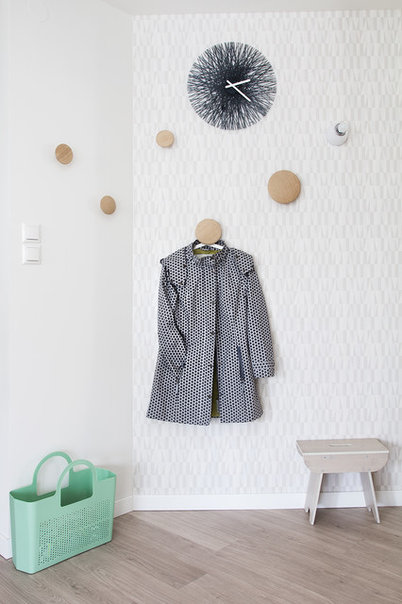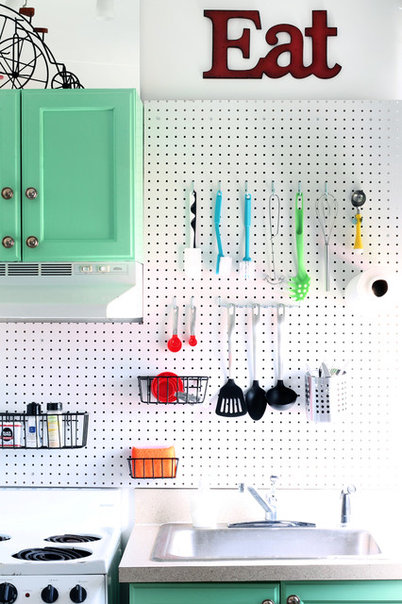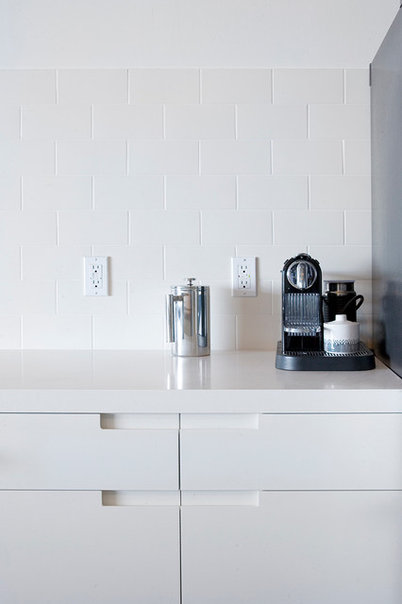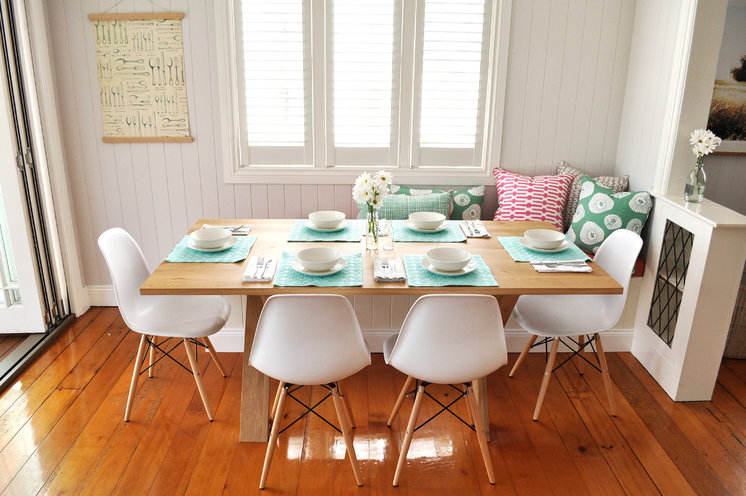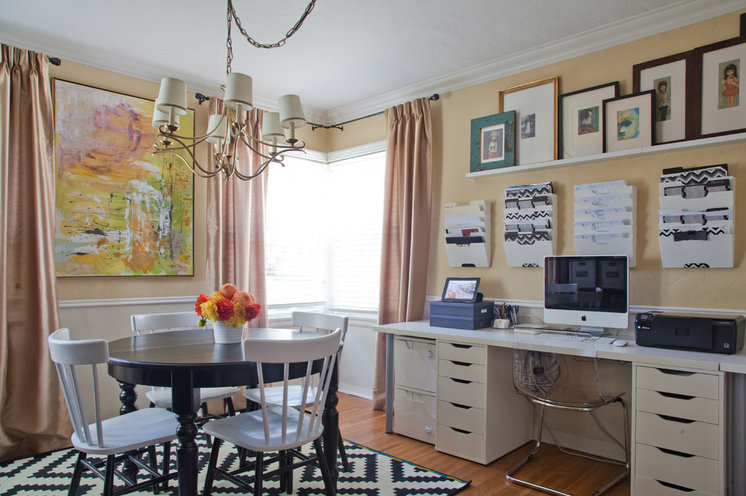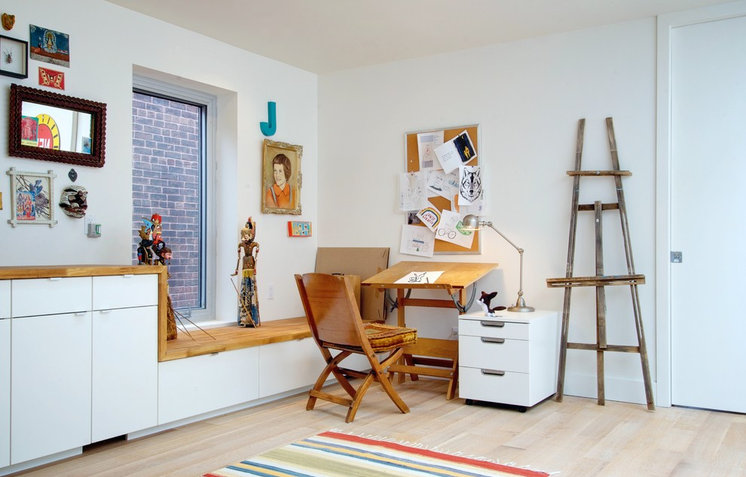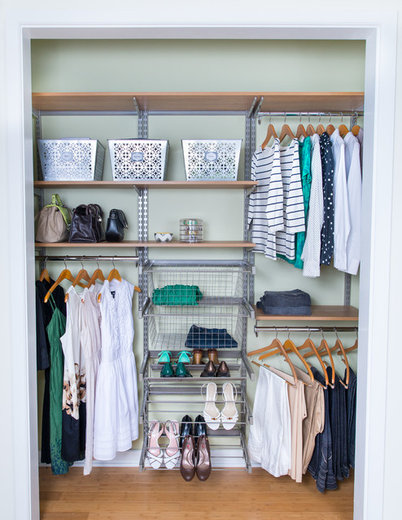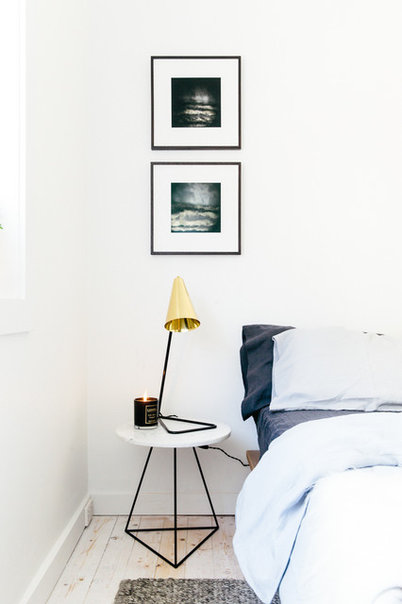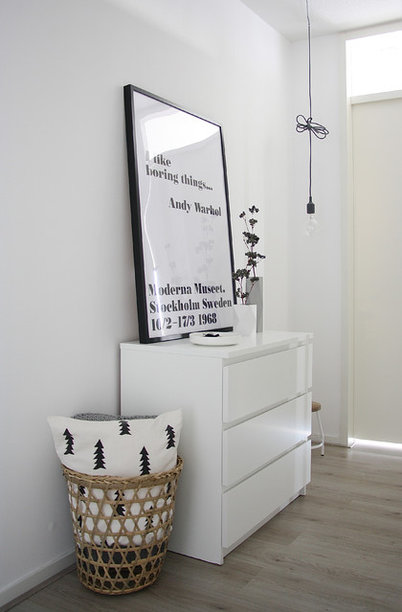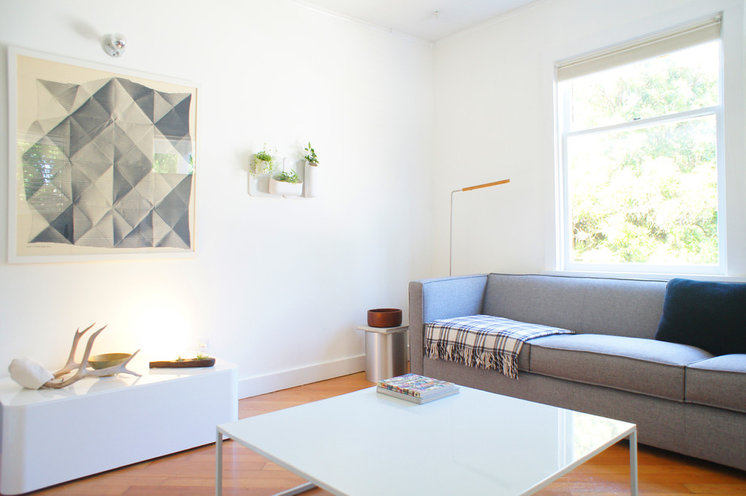Paper items can be a real problem, so be sure to have a recycling bin near the front door, as well as some sort of quick sorting system for handling important documents. (But keep the categories very broad, or you won’t be as likely to use the system.) If smaller, random items are a problem, consider hanging tote bags on hooks. They’re easy to dump things into and very flexible — you can change their contents as needed, from library books and school projects to dry cleaning.
One caveat: To make it more likely you’ll put said appliances away when you’re done with them, they shouldn’t take too much effort to lift. In my house, this means our microwave (which we mostly use for melting butter and reheating dinners) is in the laundry room, so while we do have to walk a few extra steps to get to it, it can stay plugged in all the time without taking up valuable counter space. Another option would be to put less-frequently used small appliances on a rolling cart tucked into a closet or corner, and wheel the cart out to plug them in.
Creating a no-clutter zone isn’t easy, but it can be highly effective. Clear everything from one surface (for example, the coffee table) and focus on vigilantly protecting it from becoming another clutter problem area. It’s easier to have one goal than many, so stick to clearing one surface at a time until you feel it’s second nature. As a visual learner, I find it helps to visualize the table physically repelling clutter, like a giant trampoline that clutter simply bounces off of when you try to set it down. A little silly, sure, but it works!
